Vintage Tribal Kilim Runner 3' 1" x 11' 7" (37" x 139")
Type:
Kilim RugsCollection:
Tribal Runners, ClearanceID:
K0072138Size:
Material:
The designs feature a rich array of symbols representing tribal culture and Anatolian motifs, often in the form of medallions, diamonds, and other geometric shapes.
The designs feature a rich array of symbols representing tribal culture and Anatolian motifs, often in the form of medallions, diamonds, and other geometric shapes. These kilim runners are ideal for hallways and narrow spaces, offering a touch of ethnic charm and artisanal quality to any interior.
Herki kilims not only serve as functional floor coverings but also as artistic expressions of tribal identity, making each rug a unique cultural artifact.
Design Elements
- Geometric Patterns: The kilim runner features a variety of geometric shapes, including diamonds, triangles, and zigzags, which are commonly found in tribal designs. These shapes create a sense of rhythm and movement across the surface.
- Symmetry: The central motifs and borders display a balanced arrangement, enhancing the visual appeal and providing a sense of harmony.
- Repetitive Motifs: The use of repeated shapes reinforces cultural significance and continuity, embodying traditional weaving techniques passed down through generations.
- Texture: The flatweave technique gives the runner a unique texture that adds depth and interest, inviting touch and tactile exploration.
Color Palette
- Earth Tones: The dominant colors include browns, tans, and muted greens, which are often associated with nature and the earth, reflecting the origins of tribal cultures.
- Warm Accents: Pops of warm colors such as coral and subdued orange highlight specific motifs, bringing warmth and vibrancy to the overall design.
- Contrast: The interplay between light and dark shades creates visual interest, guiding the viewer’s eye through the intricate patterns.
- Natural Dyes: The colors are typically derived from natural sources, emphasizing sustainability and traditional craftsmanship.
Main Motifs and Symbolism
- Diamonds: Often symbolize wealth and protection, reflecting the importance of family and community in tribal cultures.
- Stars: Represent guidance and hope, serving as a reminder of the connection to the cosmos and the spiritual world.
- Zigzags: Frequently interpreted as representations of water or lightning, symbolizing the dynamic forces of nature and the cycle of life.
- Triangles: Typically embody stability and strength, emphasizing the foundational aspects of cultural identity.
Summary
This vintage tribal kilim runner showcases a rich tapestry of design elements and colors that reflect its cultural heritage. The geometric patterns and symmetrical compositions emphasize balance and harmony. Earth tones paired with warm accents create visual depth and richness. The motifs, such as diamonds and zigzags, carry profound symbolism related to protection, resilience, and the connection with nature and spirituality. The craftsmanship and choice of natural dyes speak to the traditions and values of the communities that produced such artisanal works.
- Ships in 1-4 business days
- Only one in stock, handmade, unique
- Free shipping via FedEx Express. Easy returns
- Contact us or add a note to your order if you want us to delay your shipping.
- Request more info if you want this rug shorter or narrower
Colors may appear slightly different across various monitors due to screen settings device differences, and external lighting conditions. If color accuracy is important for your space, we recommend viewing the rug on multiple devices or contacting us for a detailed color description. We can provide detailed photos and references using Sherwin-Williams, Benjamin Moore, Pantone, or even Crayola crayons.
You can also visualize most of our products in your own room with AR (augmented reality) on an iPhone or iPad.
Return Policy
Need a rug pad? We recommend RugPadUSA
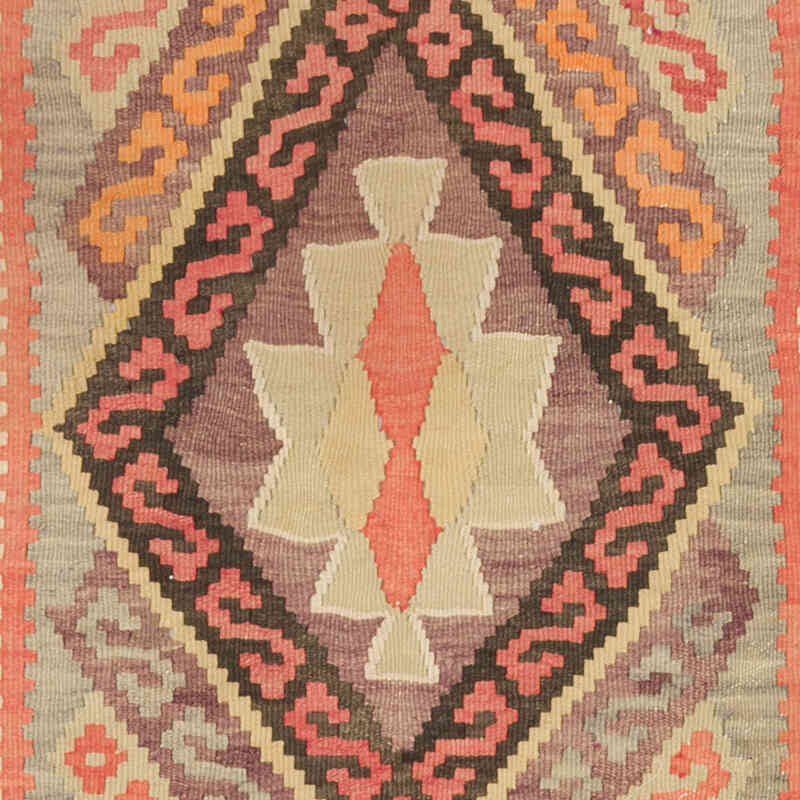
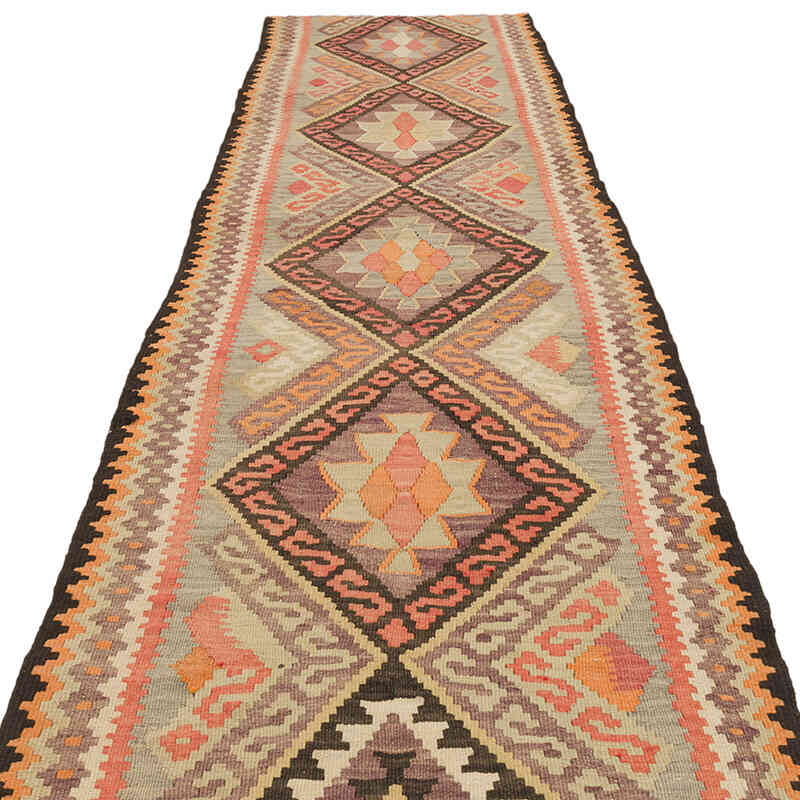
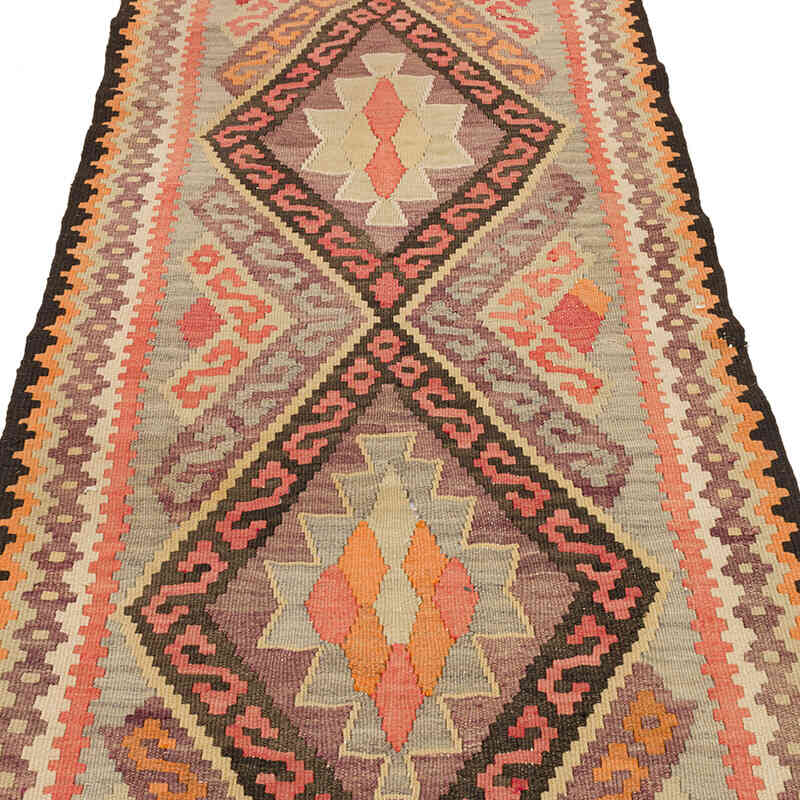
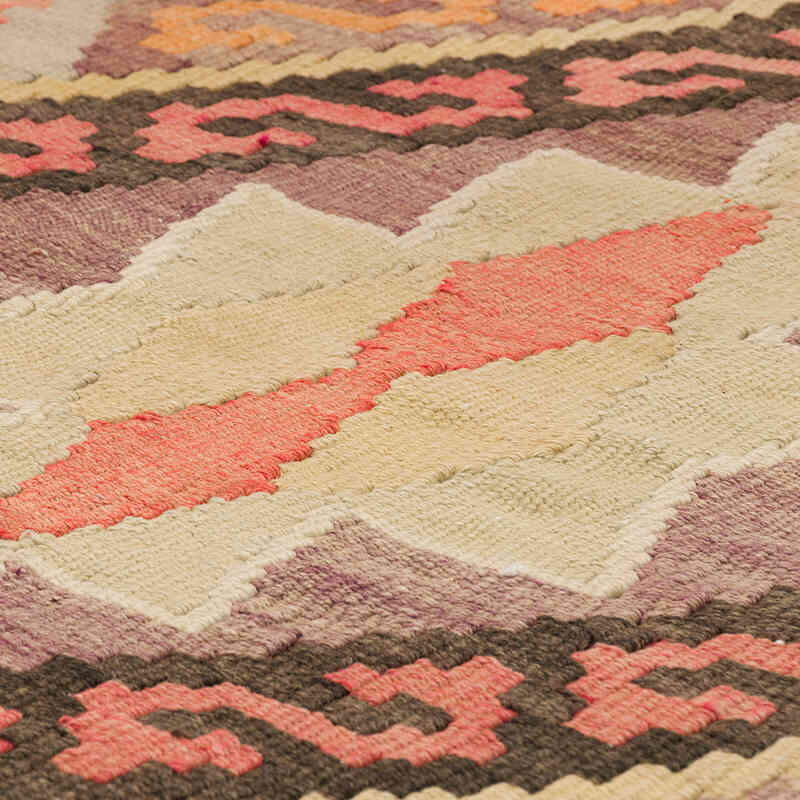

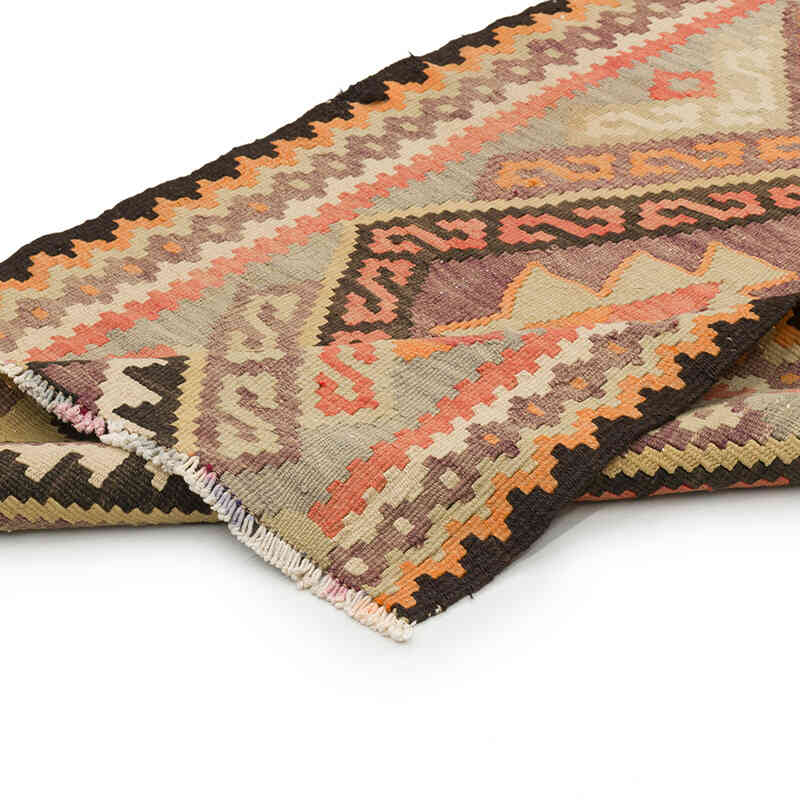
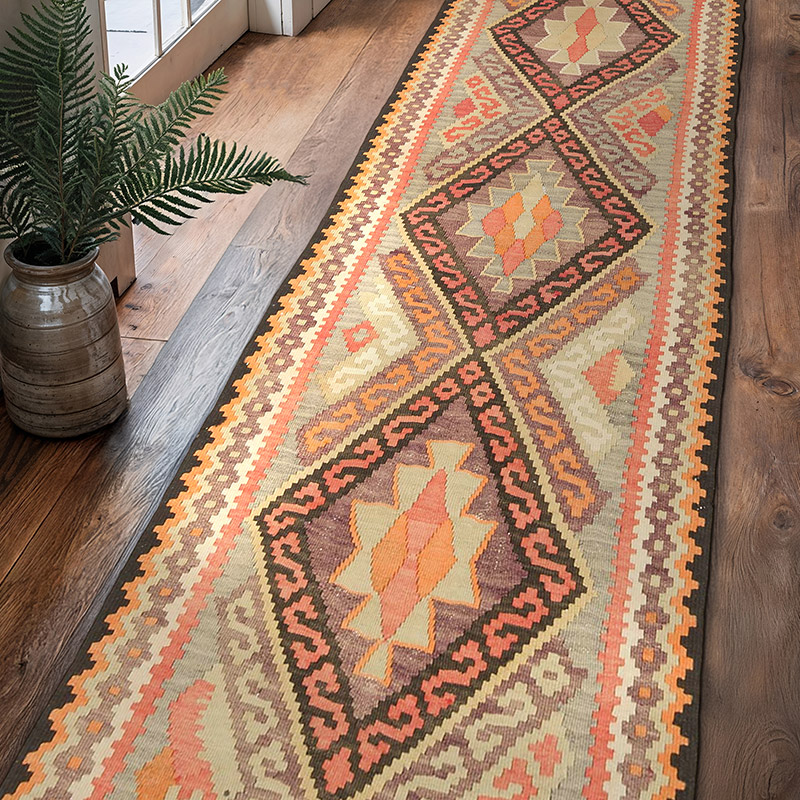














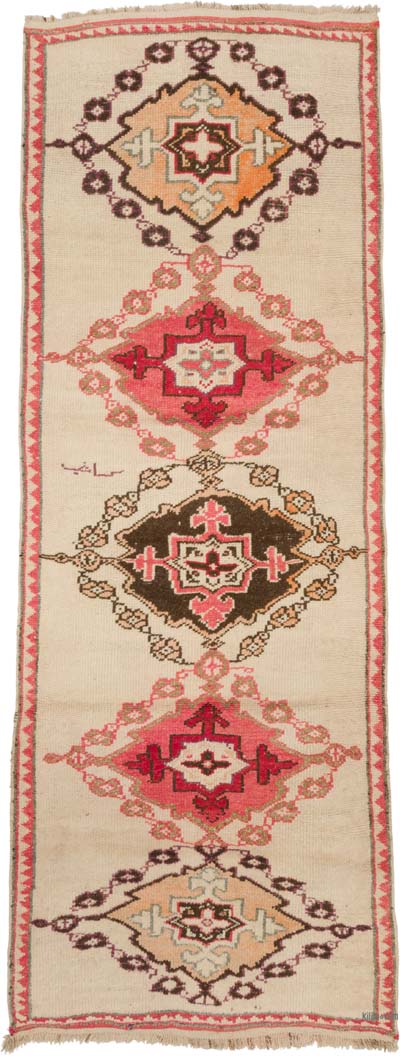

great customer service and excellent…